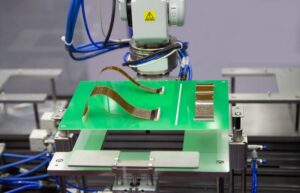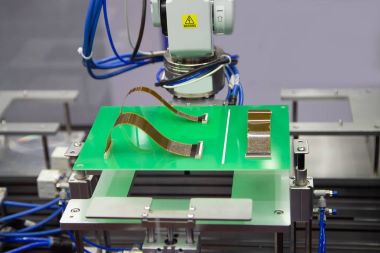
When a printed circuit board fails, you may face potentially catastrophic and costly consequences. Understanding and preventing PCB failures can minimize the cost of damage.
What causes a PCB failure?
There are three main causes of PCB failure: PCB design issues, environmental and ageing issues.
If there is a problem with the PCB design, it can lead to a variety of problems in subsequent manufacturing processes. For example.
– Inaccurate placement of components
– Overheating due to close spacing of components
Ambient temperature, dust, humidity, etc. during assembly or use can lead to PCB failure.
PCB ageing is inevitable, as everything has its expiry date.
How to fix PCB defeats?
What do you do when your PCB fails? The best way to find out the cause of a failure is to use a printed circuit board failure analysis. The main tests for these are
– Micro-section analysis
– PCB solderability testing
– PCB contamination testing
– Optical/microscopic scanning electron microscopy
– X-ray inspection
Microsection analysis
Microsection analysis of samples is a destructive test, using abrasive paper (or diamond sandpaper) for grinding and subsequent polishing to produce a clear sample profile, and is a rapid method of sample preparation. The use of microsection analysis helps to detect
– Defective components
– Short or open circuits
– Reflow failure
– raw materials
– Thermomechanical failures, etc.
PCB Solderability Testing
PCB solderability testing is used to assess the solderability of components, PCBs, PADs, solder and fluxes by the wetting balance method.
- Solder and flux quality
- Quality control
- Solderability processes
PCB contamination testing
About 15% of PCBA failures are caused by contamination. Ion contamination can cause a variety of problems leading to PCB damage. Testing bare boards for ionic contamination prior to completion of assembly reduces the risk of defects caused by contaminants.
Optical/Microscopic SEM
This method is mainly used to detect PCB soldering and assembly problems.
X-ray inspection
This technique provides a non-invasive method using film, real time or 3D X-ray systems. It can detect current or potential defects, problems involving internal particles, seal cover voids, substrate integrity, etc.
What are the measures to avoid PCB failures?
Use conformal coating
Conformal coatings are one of the main methods of protecting PCBs from dust, dirt and moisture. These coatings range from acrylics to epoxies and are available in a variety of application methods.
- Manual brush application
- Spraying
- Dipping
- Selective coating
PCB quality testing
PCB manufacturers use a variety of testing methods to check the quality of PCBs during the manufacturing and assembly process.
In-circuit testing
Powering up the board and activating the individual circuits
Flying probe testing
Suitable for sample orders and small quantities
Automatic optical inspection
Photographs of PCBs are taken and compared with detailed schematics to detect boards with markings that do not match the schematic
Aging test
Detects early faults and determines load capacity
X-ray inspection
Function test
Verifies that the board is powered up. Other functional tests include time domain reflectometry, peel test and float test as well as the solderability test, PCB contamination test and micro-section analysis described earlier.
How do I decide on the right test?
Having understood the causes of PCB failures and how to take precautions, you now know what to do next. If you want to minimize PCB failures, choose to work with a PCB manufacturer with extensive experience.
To find out more about our PCB manufacturing capabilities, send us a message now!




